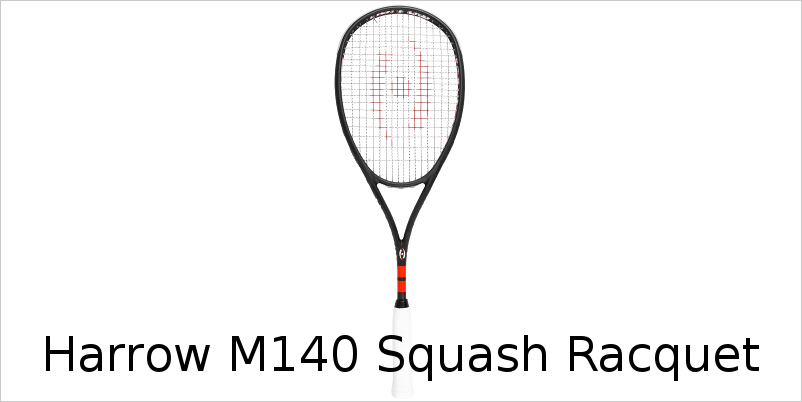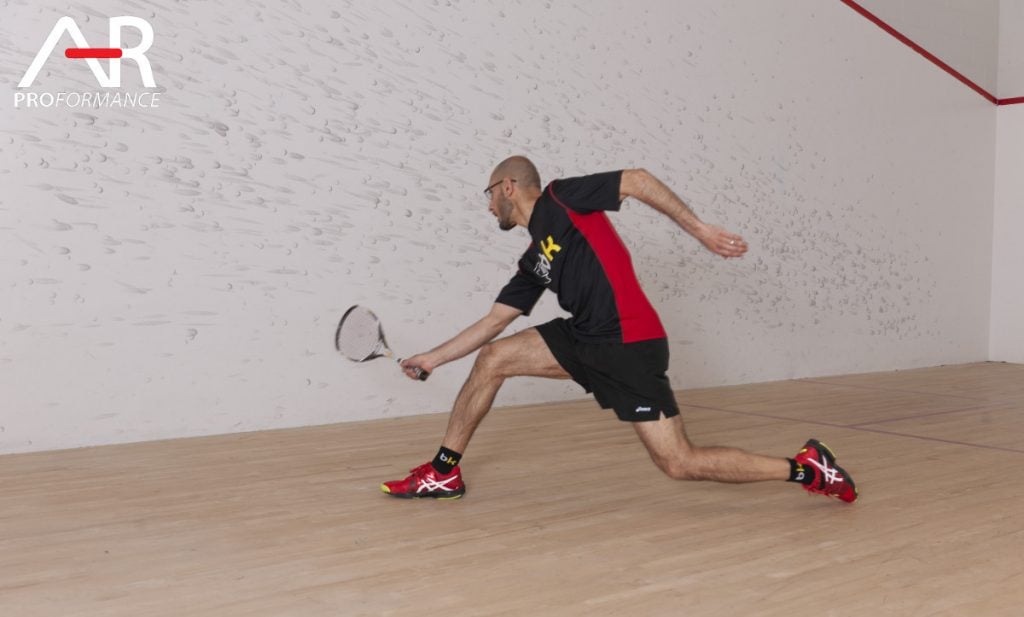Do you struggle to gain control and keep control of the T? Do you find yourself constantly behind your opponent? Do you feel as though you are frequently scrambling and under pressure?
If the answer to one or more of these questions is yes, then you are likely finding yourself trapped in the back two corners and struggling to fight your way out.
As complicated as this game may seem at times, it is pretty simple to determine why you are finding yourself behind your opponent.
- Poor Length
- Loose Shots
- Minimal Volleying
Poor Length
You’ve heard it a million times before. “Get the ball deep to gain control of the T”. That said, not all length is created equal. The length required to put yourself in control of the game needs to be quality length. What makes length quality length? There are several things to consider when hitting good length; two elements in particular can aide in adjusting and improving your long game: Weight & Accuracy of shot. These two elements work in tandem with one another. Are you hitting too hard, too soft? Too short or too long? Finding the right mix is magic!
Too hard/too long: You don’t want to crash the ball hard and high into the back where you are essentially “over driving” the ball. In this case your opponent can basically maintain their position on the T and wait for it to bounce off the back wall – yet again jamming you in the back of the court.
Too soft/too short: The opposite of the over drive is hitting the ball too high and too soft. This will provide your enemy with a perfect attacking opportunity, with the ball landing short of the service line and ample time make an aggressive offensive shot. Not only does this shot set your opponent up for a potential winner – it most definitely does not get you out of the corner and onto the T.
The optimal ball to hit from the back to get out of trouble is a lifted drive.
Getting the ball high on the front wall will get you the depth to move your opponent. Hitting the ball with a soft lift will provide you the time needed to get out of the back corner and establish yourself on the T. The softness of the shot should also keep the ball from sitting up for your opponent to pick off of the back wall. The goal is to get the second bounce of the ball just before it reaches the back wall.
Loose Shots
Getting the proper depth of the shot is ideal, but if the majority of the balls you are hitting are loose and coming through the middle, you are still in trouble. You are basically feeding your salivating opponent juicy fruit for them to pick off as they please. For you to move them off the coveted T, the balls not only have to have the right pace, but they also need to be tight to the wall (within 2 floor boards) on rail shots, and cross-courts should have good width (ball hitting side wall just behind the back of the service box). If you have a lob in your repertoire – use it! If you don’t, I highly suggest adding this shot into your game. It is a brilliant defensive shot that gives you time to reset and gain control - and sometimes much needed composure.
Minimal Volleying
You may be reading this and saying to yourself, “I hit good length. I keep the ball tight… Why am I still scrambling in the corners??” The most likely answer is – You are not volleying the ball! If you are in mid court and choose to move back to take a ground stroke instead of up to take a volley – you are relinquishing your T position to your opponent when they are not forcing you out. As the late great Patrick Swayze famously said “Nobody puts Baby in a corner’” so why do you keep putting yourself there? Test yourself the next time you are on court. Get high up on the T and tell yourself that no ball is going to get past you. You might be surprised at how often your tendency is to let a volleying opportunity slip away.
You need to fight to keep the T. Don’t be passive and let the ball lead you into the deep dark woods at the back of the court. Be more aggressive and take the ball early. Not only does this keep your T position. It also puts your adversary under pressure.
If you are yelling, “Help, I’m trapped in the corner and can’t get out”.
Putting these simple tactics into motion are the key to opening your cage.
Good, tight length – VOLLEY, VOLLEY, VOLLEY.
Nicole Garon
Squash Pro & Program Director
Brantford Movati Athletic



